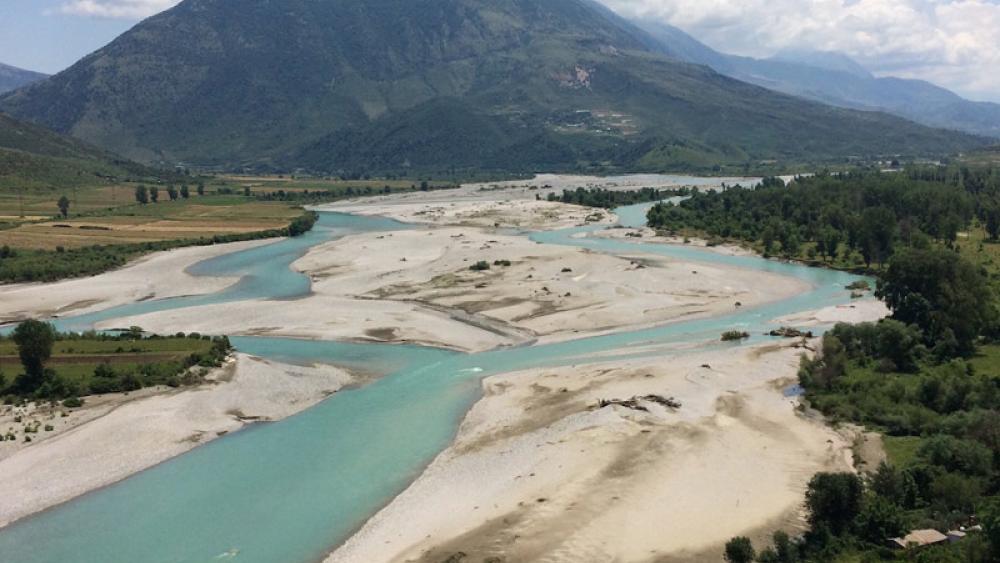
The team included twelve million river kilometres worldwide in the study. On these waterways alone, they counted around 2.8 million dams, behind which reservoirs of at least a thousand square meters of water surface were formed. "This leads to fragmentation of the river course and in some cases has serious consequences for the entire river system," says Christiane Zarfl. The further development of the infrastructure for an increasing number of people is increasingly threatening rivers and their ecosystems worldwide.
Connectivity is crucial
In their study, scientists developed a new method for assessing the condition of a river. The central measure is the connectivity of a river with assessments of the free flow of water, the mobility of organisms and the transport of sediments, organic matter, and nutrients. The comprehensive study included four dimensions: in the direction of flow, upstream and downstream in the river bed; beyond the river banks, between the main bed of the river and the floodplain; in the vertical direction between groundwater, the river and the atmosphere; and as a function of time, due to differences between seasons.
The developments threatening ecosystems continued despite the sustainability goals adopted by numerous nations at the 2015 UN Summit on Sustainable Development in New York, which also provide for the protection and restoration of water-bound ecosystems. Nevertheless, more than 3,700 new dams for hydropower use are currently being planned, primarily in Asia, China and the Himalayas, but also, for example, in the Balkan states and the Amazon region. In addition, large irrigation projects have been decided on in many countries around the world or are already under construction, including India, China and Brazil. These projects required the dredging of rivers, their canalisation or the construction of dams. "Now, for the first time, we have created a comprehensive knowledge base with high resolution for the Earth's rivers. It is also intended to clarify the relationships and dependencies of ecosystems and the consequences of future interventions," explains Christiane Zarfl. The overriding goal is the conservation of the last free flowing rivers on earth,
The text is based on the press release issued by the University of Tübingen.
Publication:
G. Grill, B. Lehner, M. Thieme, B. Geenen, D. Tickner, F. Antonelli, S. Babu, P. Borrelli, L. Cheng, H. Crochetiere, H. Ehalt Macedo, R. Filgueiras, M. Goichot, J. Higgins, Z. Hogan, B. Lip, M. McClain, J-H. Meng, M. Mulligan, C. Nilsson, J.D. Olden, J. Opperman, P. Petry, C. Reidy Liermann, L. Saenz, S. Salinas-Rodríguez, P. Schelle, R.J.P. Schmitt, J. Snider, F. Tan, K. Tockner, P.H. Valdujo, A. van Soesbergen, C. Zarfl: Mapping the world’s free-flowing rivers. Nature, 9. Mai 2019, https://doi.org/10.1038/s41586-019-1111-9.




